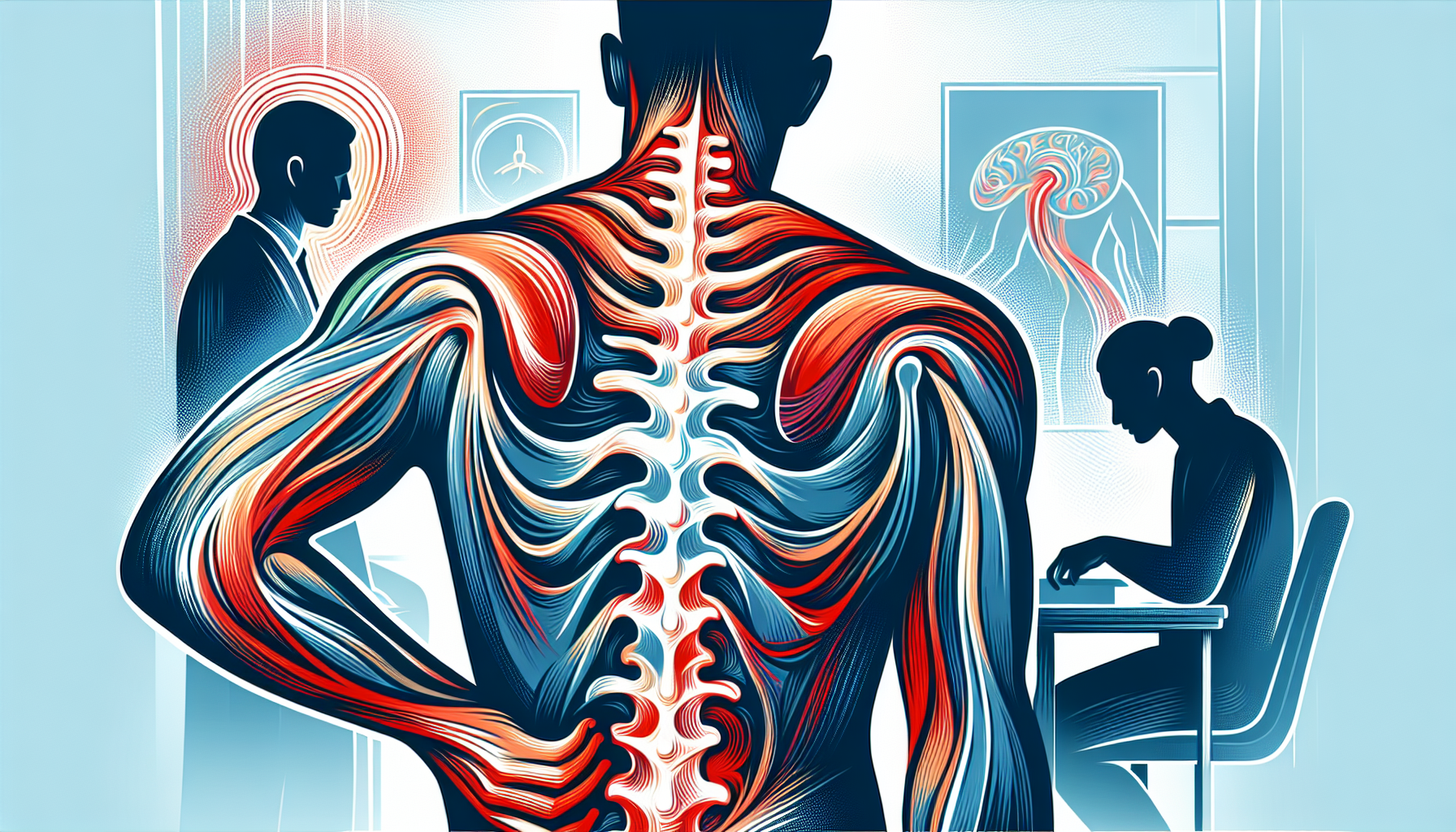Tirzepatide Benefits Beyond Weight Loss
Understanding Tirzepatide: More Than Just a Weight Loss SolutionTirzepatide has recently gained significant attention in the medical community and among patients for its [...]
Read More
Medically reviewed by Abhijit Bhattacharyya | MD, PhD, MBA, Tufts University School of Medicine - Miami, Florida on August 19th, 2023.
Back pain is a common issue that affects many people at some point in their lives. Your spinal column is your body's main structural support, and it needs to be stable enough to keep you upright while also being flexible enough for movement. In this article, we'll explore the causes, symptoms, diagnosis, treatment, and prevention of back pain to help you better understand and manage this condition.
Back problems can develop over time due to various factors, including:
Poor posture, such as sitting incorrectly at a desk or behind the steering wheel
Repetitive motions or overexertion
Improper lifting techniques
Injuries from contact sports, accidents, or falls
Osteoarthritis, which can cause wear and tear on the cartilage between vertebrae
Pregnancy, which can put additional stress on the spine and legs due to hormonal changes and weight gain
Back pain can manifest in various ways, including:
Dull ache or sharp, shooting pain
Muscle spasms or cramps
Radiating pain, numbness, tingling, or weakness in the legs or arms
If you experience uncontrolled peeing or pooping, inability to pee, or muscle weakness along with back pain, seek immediate medical attention as these could be signs of a serious problem like spinal cord compression.
If your back pain is severe, persists for more than 6 weeks, or spreads to other areas, it's important to see a doctor. During your exam, your doctor will assess your range of motion and nerve function. They may also recommend imaging tests such as X-rays, MRI, or CT scans to help identify the underlying cause of your pain.

Treatment for back pain depends on the specific cause and location of the pain. In most cases, gentle exercise and physical therapy can help alleviate pain, improve flexibility, and strengthen the muscles that support your spine. Over-the-counter pain relievers, ice, and heat can also provide relief.
For more severe cases, your doctor may prescribe stronger medications, but it's important to use them cautiously to avoid drowsiness or dependence. Complementary therapies such as chiropractic spinal manipulation, acupuncture, and massage can also be beneficial. Surgery may be necessary in cases of damaged bones, herniated disks, or pinched nerves.
To help prevent back pain, consider the following tips:
Exercise regularly to strengthen your core and back muscles
Practice good posture when sitting, standing, and walking
Use proper lifting techniques, engaging your hips and knees while keeping your back straight
Sleep on your side with a medium-firm mattress
Avoid smoking, as it can restrict blood flow and nutrient supply to your muscles and tissues
By understanding the causes, symptoms, and treatment options for back pain, as well as implementing preventive measures, you can better manage this common condition and maintain a healthy, pain-free back. If your back pain persists or worsens, don't hesitate to seek medical advice from a qualified healthcare professional.
Understanding Tirzepatide: More Than Just a Weight Loss SolutionTirzepatide has recently gained significant attention in the medical community and among patients for its [...]
Read MoreUnderstanding the Growing Challenge of ObesityObesity remains a significant public health concern worldwide, affecting millions and contributing to numerous chronic [...]
Read MoreUnderstanding Mounjaro and Its Role in Diabetes ManagementMounjaro, a medication increasingly prescribed for type 2 diabetes, has become a vital tool in managing blood sugar [...]
Read More